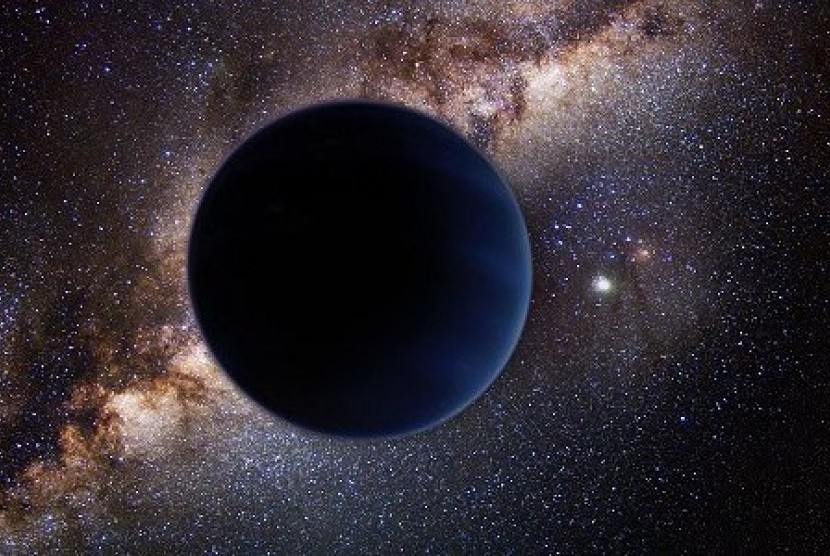Scientists are trying to rule out 95 percent of objects from the search for planet ninth.
REPUBLIKA.CO.ID, JAKARTA — Scientists are still looking for the existence of Planet Nine. A new search for a ninth planet has yielded no traces in the Solar System.
While it hasn’t been found yet, a six-year search in millimeter wavelengths has allowed astronomers to rule out objects with the properties Planet Nin predicted in much of the southern sky.
The search also resulted in several candidate objects that might be of interest to be followed up on in future surveys.
“No significant detections were found, which were used to limit Planet Ninth’s millimeter-wave flux density over most of its orbit,” the researchers wrote in their paper. SciencealertSunday (20/3/2022).
“We have also provided a list of the 10 strongest candidates from the search for possible follow-ups. In general, we exclude (at 95 percent confidence) the existence of objects solar system unknown within our survey area.”
Planet Nine is one of the more interesting Solar System propositions in recent years. For decades, scientists have speculated about the existence of hidden planets in the distant solar system. It culminated in 2016 with the publication of papers by astronomers Mike Brown and Konstantin Batgyin of Caltech.
In their paper, Brown and Batgyin suggested that small objects outside Kuiper Belt The Solar System orbits strangely, as if pushed inward under the gravitational influence of something huge. That something, they concluded, could be a previously unknown planet delivering small rocks.
Neptune was predicted the same way, from calculations of Uranus’ orbit, before astronomers discovered it using telescopes. However, finding Planet Ninth is much more complicated than finding Neptune.
If Planet Nin were out there, calculations suggest that it could be five to 10 times the mass of Earth, orbiting at a distance of between 400 and 800 astronomical units (a astronomical unit is the average distance between Earth and the Sun. Pluto is about 40 astronomical units from the Sun). Sun.
That means it will take between 10,000 and 20,000 years to go around the Sun once. So, Planet Ninth is very far away, quite small, and cold. As a result, it may not reflect much sunlight at all, or give off thermal radiation (heat). Moreover, we don’t know exactly where it is in the vast sky.
The astronomers, led by Sigurd Naess of the Flatiron Institute’s Center for Computational Astrophysics, tried to find clues about the planet by examining data collected by the six-meter Atacama Cosmological Telescope in Chile.
The telescope is designed to detect the faint signal left over from the Big Bang, called the cosmic microwave background. However, it turns out that it is also sensitive enough to detect objects very far from the Solar System.
Between 2013 and 2019, the telescope scanned about 87 percent of the available southern sky, for a distance of between 300 and 2,000 astronomical units. In that space, the telescope can detect planets with masses of five Earths between 325 and 625 astronomical units; and a planet with a mass of 10 Earths between 425 and 775 astronomical units.
Although the search yielded about 3,500 tentative candidates, none of them were statistically significant, and none could be confirmed. Nevertheless, the team selected the 10 strongest candidates for future studies. Even if the objects weren’t Planet Ninth, they could still be something interesting.
Previous searches for Ninth Planet has produced rocks of the very distant Solar System, as well as the previously unknown moons of Jupiter and Saturn.
Future instruments, such as the upcoming Simons Observatory in Chile, should be able to substantially expand the search parameters for Planet Ninth.
–


